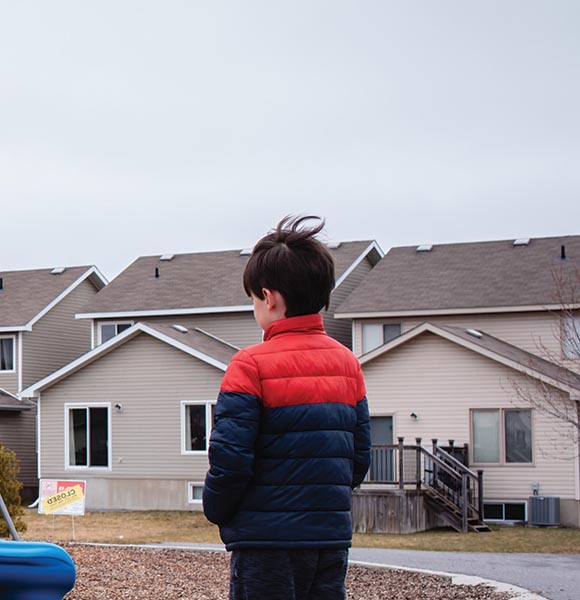Project: Working Poor Families Project
Single Working Mothers in U.S. Worse Off Since the Recession
(2014) U.S. working mothers have had a hard time in recent years: Between 2007 and 2012, the share of female-headed working families that are low-income increased from 54 percent to 58 percent, according to a Population Reference Bureau (PRB) analysis of data from the U.S. Census Bureau's American Community Survey.




